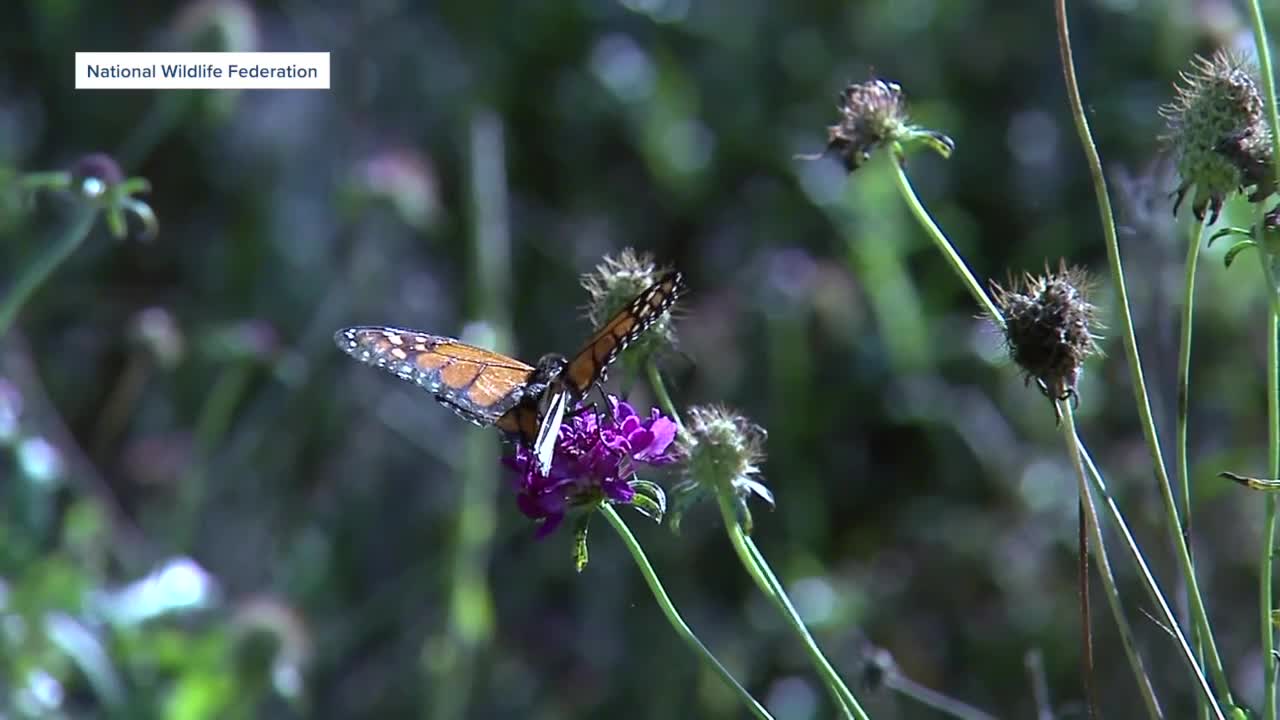NAPLES, Fla. — Monarch butterflies travel nearly 3,000 miles during their annual migration from the northern United States to central Mexico, but their population has declined by about 90% in recent decades because of habitat loss.
WATCH: Fox 4's Eric Lovelace shows us why populations are declining:
The iconic orange and black butterflies are facing a critical threat as their primary breeding habitat disappears. Native whorled milkweed is the only plant where monarchs can lay their eggs, and without these plants, the species cannot reproduce.

"You talk to anyone about a butterfly they know, a butterfly they recognize, they'll probably say the monarch butterfly," said Kate Unger, who works for the National Wildlife Federation.

Unger grew up in rural farmland in central Texas, where she developed her passion for observing and admiring the monarch butterfly. Now she's working to address their steep population decline.
"The monarch butterfly has seen about a 90% decline in recent decades," Unger said.
The primary cause of this decline is habitat loss. As development and agriculture expand, the native plants that monarchs depend on for survival are disappearing.
"If there's no place they can lay their eggs, there's no place they can rear their young," Unger said.

Southwest Florida plays a crucial role in the monarch migration route, serving as one of their final stops before continuing south to Mexico. To protect these butterflies, the National Wildlife Federation has partnered with Taylor Morrison home builders to create permanent butterfly gardens in residential developments across the region.
These gardens function as "butterfly gas stations" along the migration route.
The initiative not only supports monarch conservation but also enhances community character. English noted that the gardens bring natural beauty and environmental value to neighborhoods.

People can contribute to monarch conservation by planting native milkweed and nectar plants in their yards or even in window spaces. These small actions can make a significant difference for the traveling butterflies.
"If you plant it, they will find it," Unger said.





